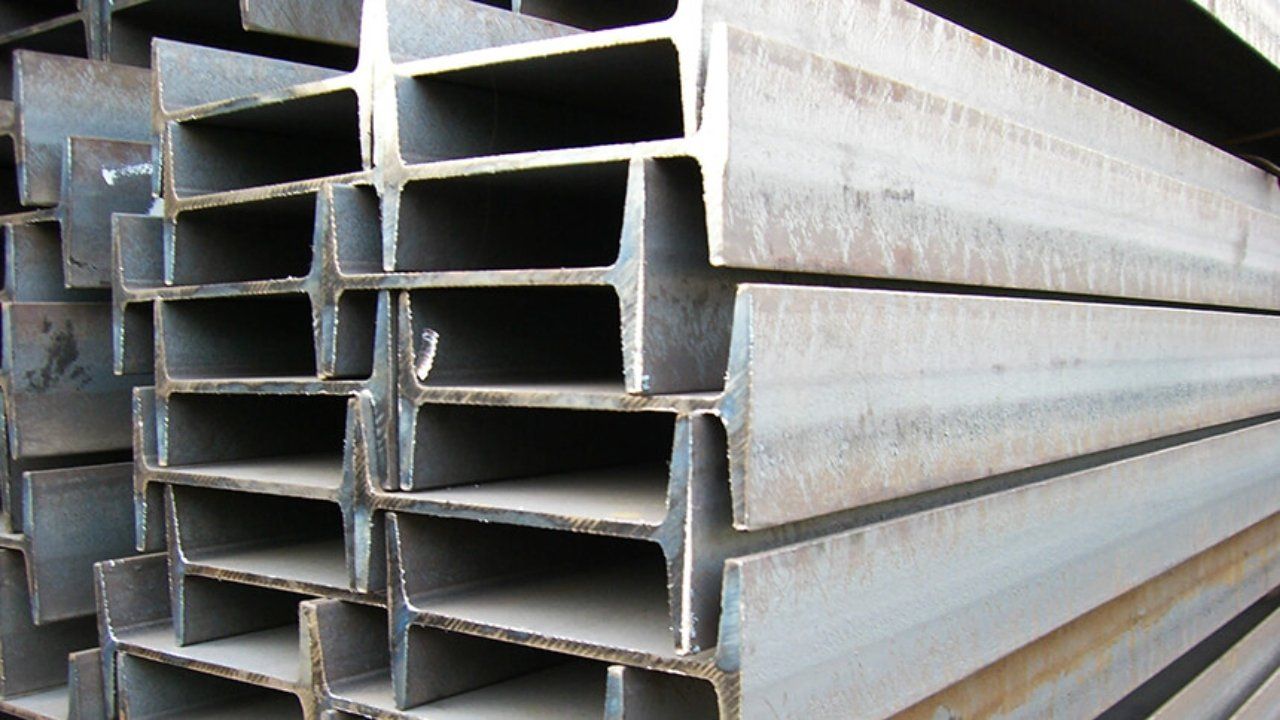A36 steel has, over the years, been a commonplace material in the structural engineering and production world due to its versatility, weldability and low cost. Since industries still require strong and durable materials to be used in stressful conditions. A36 is a low-carbon structural steel, which makes it a very good material when it comes to galvanizing through hot-dip galvanizing or electro-galvanizing. TUSPIPE is a major producer of carbon steel pipes and structural tubing, often using galvanization to increase the resistance to corrosion and service life of their A36 pipe made of A36 steel.
The Knowledge of A36 Steel and Its Properties
According to the definition of A36 steel expressed in A36/A36M standard, A36 steel is a low-carbon steel. The outstanding strength-to-weight ratio and weldability characterize it. It is usually composed of carbon, manganese, and traces of phosphorus, sulfur, and silicon. The mixture also produces machinable steel with great flexibility for all kinds of industrial uses such as structural structures, piping systems, and automatic parts.
A36 steel is easily welded because it contains a low carbon level, which does not pose a huge risk of brittle and cracking after welding, thus it is perfect for fabricate and construct. But it has one of its natural drawbacks, namely, that it is fairly resistant to corrosion. A36 steel can degrade when unguarded by other metals, so when in a humid, coastal or chemical-rich environment, it will oxidize over time, resulting in rust-covered areas. This is at a place where galvanization comes in as a solution.
Galvanizing of the A36 Steel
Galvanizing is a type of painting in which a protective coating of zinc is used to cover the surface of steel to prevent corrosion. Hot-dip galvanizing is the most widespread technique used by industrial manufacturers, including TUSPIPE. This is done by cleaning the A36 steel parts using a cleaner and immersing them in molten zinc. The zinc reacts with the surface of the steel to create an array of zinc-iron alloy layers, providing strong defenses against environmental harm.
The other technique is electro-galvanizing, which uses a layer of thin zinc coated by the use of an electrochemical technique. Even though it offers a smoother and more even finish, electro-galvanized is usually only thinner than the finish obtained with a hot-dip galvanizing process, so the latter is more appropriate in an outdoor or heavy-use environment.
Advantages of A36 Steel Galvanized
Galvanization of A36 steel has a series of advantages, both practical and economic. It is one of the greatest benefits because it has excellent corrosion resistance. The zinc layer provides a physical resistance to moisture and oxygen, and greatly prevents the oxidation process leading to rust. The zinc layer offers sacrificial protection even in the event that the surface is scratched, since it readily corrodes relative to the underlying steel.
Also, galvanizing increases the aesthetic and functional properties of A36 steel. The metallic look afforded by the zinc coating makes it easy to paint or powder-coat, in case it needs to be painted or branded for a particular architectural or branding effect. Galvanized steel pipes have found specific use in TUSPIPE because of their great popularity in the sphere of construction, fire protection systems, and infrastructural projects, as strength and durability are vital qualities at the same time.
Best Practice of Galvanizing A36 Steel
When galvanizing A36 steel, there are a number of best practices that should be used to achieve the best results. Among the recommendations that can be made is the need to do all the welding as well as the fabrication, then carry out the galvanizing process. This avoids the destruction of the zinc layer that may take place in case of welding done later. Any rough welds, sharp edges or surface contaminants must be wiped down so that there is no variation in the adhesion of the coating.
The other aspects to be considered during design include those that ease the process of draining and ventilation during galvanizing. Enclosed air or water may give rise to discontinuous coating or flaws of the surface. TUSPIPE, with years of experience in steel pipe production and galvanizing, has ensured that each stage of the production process is closely monitored in order to ensure that galvanized A36 pipes produced by it conform to international standards of strength, uniformity, and corrosion resistance.
Conclusion
Galvanization is also possible in A36 steel, and it makes it a very long-lasting and dependable material to be used in a great variety of industrial and other structural applications. A36 steel has been enhanced by the galvanizing process to have extraordinary resistance to corrosion, extended service, and to perform well in challenging environments. As has been seen through TUSPIPE, a reputable international producer of steel pipes and structural products, adequate galvanization methods coupled with skilled production make sure that A36 steel products remain of the utmost standards of quality and reliability in any industry across the globe.

